
Nike. It’s a name that needs no further introduction, like Madonna.
Nike is the world’s leading brand in athletic shoes and apparel, holding 52% of the market share. Nike brings in over $40 billion in global sales, towering over that of its competitors.
Today, Nike is worn by athletes, celebrities, and even babies around the world. But how did this brand become so iconic?
To understand how Nike came to be the household name it is today, we must look at where it all started: with one man’s dream.
Keep reading to discover the fascinating Nike history and the ingredients of the company’s success that goes beyond sneakers.
Nike Founders
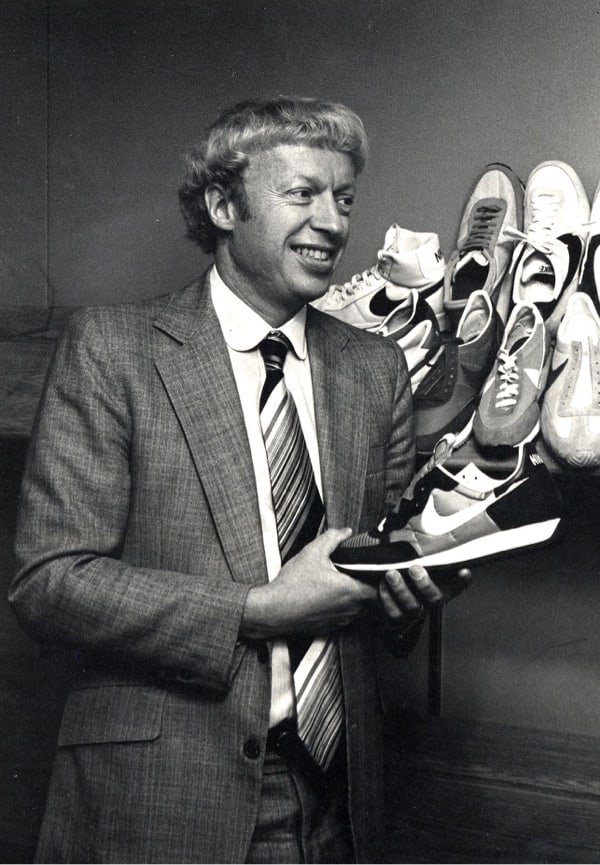
Nike was founded under “Blue Ribbon Sports” back in 1964 by track coach Bill Bowerman and long-distance runner Phil Knight.
The pair met at the University of Oregon, where Phil ran track under Bill’s guidance. Unbeknownst to them, they would go on to create one of the most iconic shoes in history.
At the time, Bill Bowerman was a competitive sportsman who was disappointed by the lack of innovation in the athletic shoe industry. Thus, he became fixated on creating the most efficient running shoes for athletes.
Knight was one of Bowerman’s first test subjects, sporting a pair of his custom-designed shoes to practice. He was a practical choice for Bowerman, as Knight wasn’t one of the top runners on the team.
Not long after, teammate Otis Davis took an interest in the shoes and borrowed them. He ended up keeping them and even went on to win gold in the 1960 Olympic Games, wearing the prototypes in the 400-meter dash.
Nike History
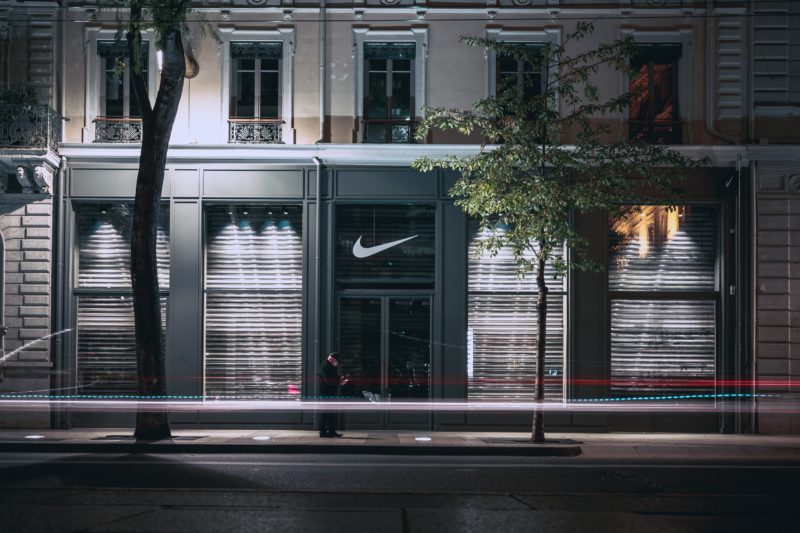
Knight went on to Stanford University to complete his MBA. After seeing how Japanese cameras had dominated the camera industry, Knight hypothesized that Japanese shoes could do the same for the shoe industry.
He laid this theory down on paper, submitting it for an assignment in a business class. And thus, he planted the seed that would grow to be Nike.
Phil graduated from Stanford in 1962 with his new dream of bringing Japanese footwear to America. Bowerman continued to churn out shoe designs but was having little luck connecting with American shoe designers.
Knight took a leap of faith and flew to Japan, where he eventually forged a connection with the owner of the Japanese shoe brand Onitsuka Tiger. Knight posed as a shoe distributor to gain leverage, and it worked.
The two men signed a deal, and Knight would be the sole importer and distributor of the Onitsuka shoe brand in America.
Building a Brand
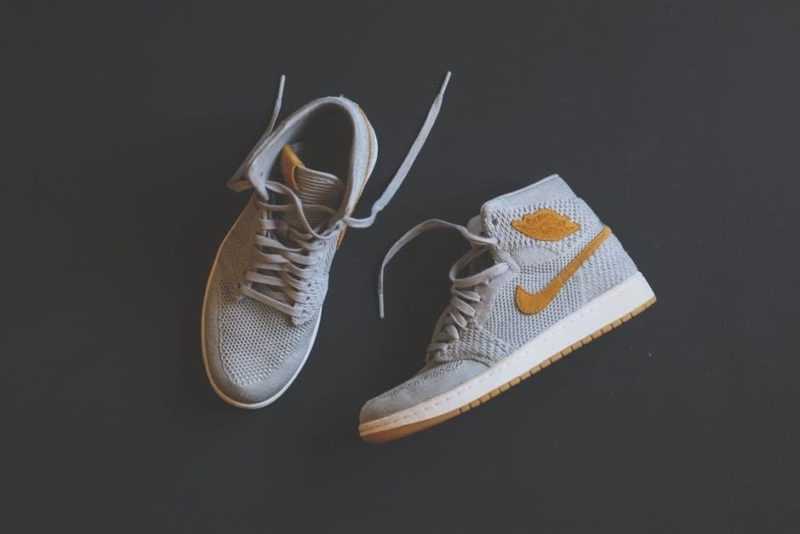
The first shipment of twelve shoes arrived in 1963. Phil Knight sold the shoes out of the trunk of his car, driving around to running tracks all over town to target his audience.
But Knight knew he needed help and brought the shoes to former coach Bill Bowerman. The two decided to join forces, combining Knight’s business savvy with Bowerman’s innovation and design.
In 1964 the two officially became partners, incorporating Blue Ribbon Sports as an importer and distributor.
Bowerman continued to experiment with shoe designs. And in 1967, they launched the Tiger Cortez, which became widely popular due to its style, quality, and comfort.
Rebranding

With the arrival of the Tiger Cortez, tensions grew between Onitsuka and Blue Ribbon Sports. The shoe was so popular they couldn’t keep up with demands, and Onitsuka prioritized supplying his home market.
A rift formed between the two parties, and Knight and Bowerman knew it was time to evolve beyond distribution. Knight parted ways with Onitsuka in 1971, and both companies went on to sell their versions of the shoe.
Knight and Bowerman needed to rebrand themselves fully. Formerly known as Blue Ribbon Sports, the men settled on their new company name that we know and love today, “Nike.”
“Nike” comes from the Greek Goddess of Victory. This suggestion originated from a friend of Phil’s who had dreamt the name in his sleep.
Nike Logo
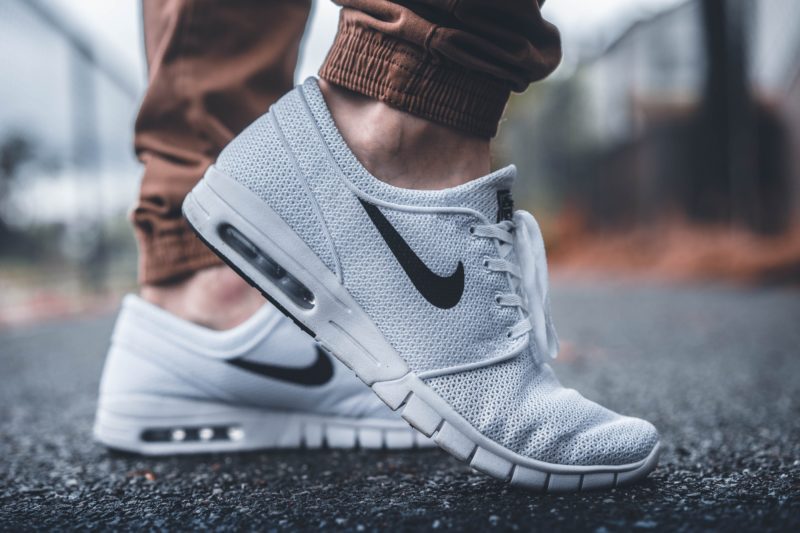
Carolyn Davis cemented her name in history when she created the famous “Swoosh” logo.
Davis was a design student at Portland State University, where Knight was teaching as an assistant professor. Knight overheard Davis talking to a friend one day in the design department.
Hearing that she needed money, he approached her with the request of designing a “stripe” for him, which was a slang term for a logo on a shoe. He also said he wanted the design to look like it was “in motion.”
Davis drew up several logos before Knight finally settled on the swoosh. However, he wasn’t too enthused with the idea at the time, reportedly stating, “I don’t love it.”
That would come to change as the logo rose to stardom. Over the years, the Nike logo has evolved in design but has always remained the classic Swoosh.
The Nike Empire
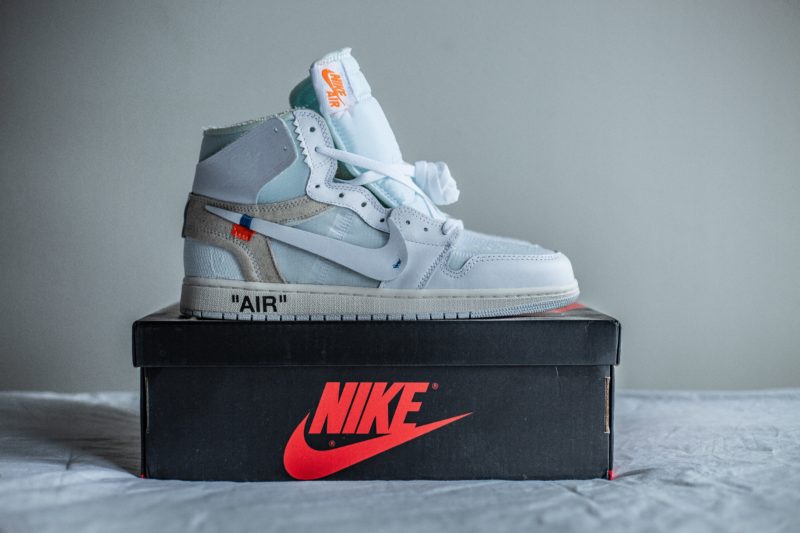
The first pair of shoes made under the Nike brand was the 1972 “Moon Shoes.” These flat, waffle racing shoes were designed specifically for the athletes of the 1972 Olympic Trials. Only twelve pairs were ever made.
Nike went on to establish a global network of subcontractors and exploded shortly after. Their unique concept of combining athlete insights with cutting-edge products was key to their success.
By 1989 they were the largest sportswear company in America.
Nike’s culture transformed the market with campaigns like “Just do it.” Nike signed rookie athletes to represent the brand, and the Nike slogan was uttered from celebrity mouths on televisions far and wide.
In 1984 Nike signed Michael Jordan to a five-year endorsement deal, further launching the company into the stratosphere as Jordan’s basketball career grew.
For many years Jordan was the face of the brand. Then dawned the “Jumpman era,” with the “Air Jordan’s” rising to fame. The Nike Air collection has since remained the most desired shoe in history.
The trend of celebrity endorsements continued with famous athletes like Tiger Woods and Lebron James representing the brand.
The Air More Uptempo was born in 1996. Most notably worn by Scotty Pippin, they were worn by players around the league. Today, they remain one of the most coveted shoes, proving to be as timeless as the brand itself.
Nike Today
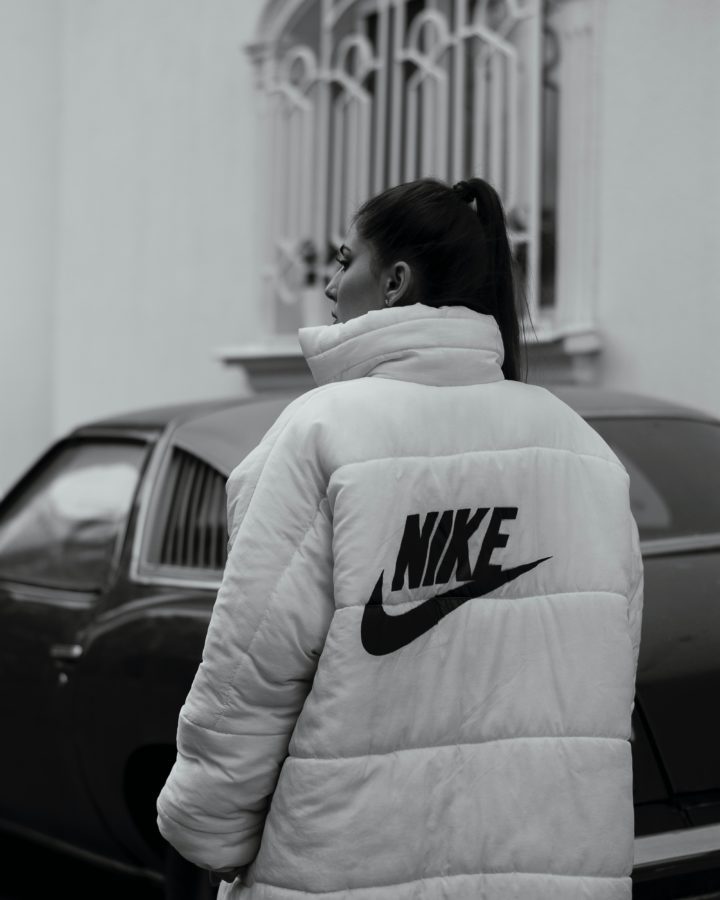
Nike history is an extraordinary tale of humble beginnings and goes down as one of the most famous of all time. One man’s journey to bring an idea to life gave us the iconic brand that remains a staple today.
Phil Knight may have had his doubts when starting the new concept, but as the slogan implores – he just did it. And millions of people worldwide are sure glad he did.
Did you enjoy this article? Then check out the other articles in the Fashion section of our blog to stay up to date with the latest trends in the industry.



